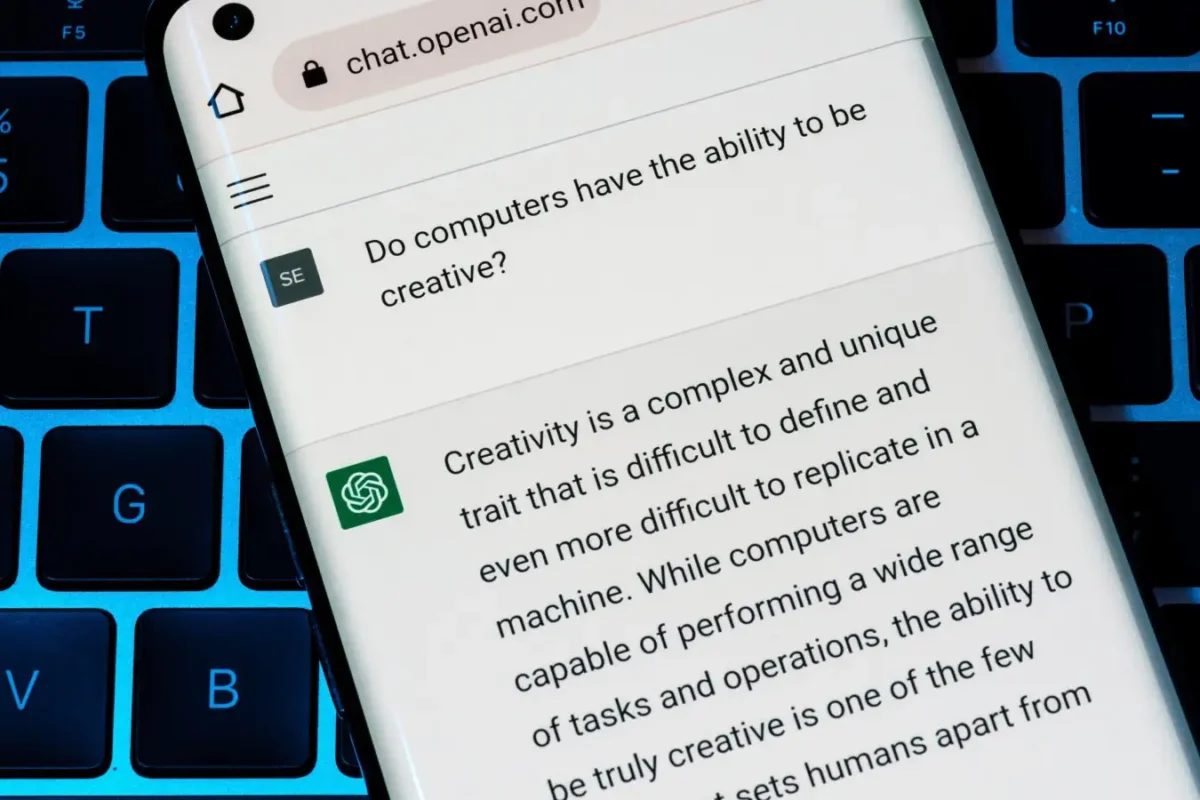As AI advances, it’s becoming harder to distinguish between human writing and machine-produced content. While technology offers benefits, recognizing machine-produced content is crucial for many reasons, including authenticity and credibility. Whether you’re a content creator, educator, or casual reader, spotting machine-produced writing can help you ensure that the information you rely on is accurate.
Let’s dive into the essential signs to look for in machine-produced writing. Below, you’ll find a breakdown of key points that will guide you through the process.
Key Points
- Use a reliable detection tool to verify your suspicion.
- Look for repetition of phrases and structure.
- Watch out for unnatural phrasing.
- Check for lack of personal tone.
- Look for overuse of factual or statistical data.
- Watch out for lack of context or nuanced language.
Using an AI Detection Tool

When in doubt, using an AI detection tool can help confirm if the content was machine-generated. AI detector like ZeroGPT use algorithms to detect patterns that indicate machine involvement. The analysis includes multiple factors like sentence structure, repetition, and overall coherence. While not foolproof, these tools can give you a reliable assessment when you’re uncertain about a text’s origin.
As AI continues to evolve, relying on advanced detectors will be necessary to distinguish human creativity from machine output. If you’re ever unsure about a piece, running it through a detector provides peace of mind.
Repetition of Phrases and Structure
AI-generated content often repeats phrases or ideas. The lack of originality can become noticeable as patterns emerge. Machines generate content based on large datasets, but creativity and diversity in language remain limited. When scanning a piece of writing, watch out for recurring words or phrases that seem too mechanical. Machine-written pieces might also reuse certain sentence structures, giving a robotic feel to the flow.
Another key sign is unnatural repetition within short spans of writing. Machines, unlike humans, can generate content that lacks the dynamic flow we expect. Instead of variations in sentence structure and vocabulary, machine content tends to fall into repetitive patterns. This can disrupt the readability of the piece, making it harder to engage with.
Unnatural Phrasing

AI tools sometimes generate content that doesn’t quite sound natural. Sentences may feel forced, and phrasing may seem awkward. Though machines analyze patterns of human language, there are times when context gets lost, causing odd combinations of words or overly formal expressions. If a piece of writing feels stiff or clunky, it’s a sign it might not come from a human writer.
Reading out loud can help you notice unnatural flow. If something sounds off or disjointed, it’s likely machine-produced. Writing crafted by humans has more flexibility and nuance, adjusting naturally to various contexts. When reading a text that feels too rigid or out of sync with the topic, question its origin.
Lack of Personal Tone
One of the biggest giveaways for machine-generated content is a lack of personal touch. Humans bring individuality, personality, and subjective experience into their writing. Machine-produced writing, on the other hand, often lacks warmth, humor, or emotional appeal. Instead, the content feels cold, clinical, or overly neutral.
While not every piece of human writing is packed with emotion, there’s a clear difference between an impersonal machine-crafted piece and something written by a person with intention. Look for the absence of opinions, personal examples, or feelings in the piece. If every sentence sounds detached, it could indicate machine involvement.
Overuse of Factual or Statistical Data

Machines excel at providing factual information. In AI-produced content, you might find an over-reliance on statistics or factual data. The emphasis on presenting objective facts without much depth or commentary can make the writing feel heavy on information but light on insight.
While factual accuracy is important, humans often go beyond just listing facts. They provide interpretation, add context, and offer more layered perspectives. Machine-produced content might deliver facts in bulk but fail to give them meaning. Always check if the writing balances facts with thoughtful analysis or if it feels like a dry, fact-laden piece.
Lack of Context or Nuanced Language
Machine-generated content can sometimes struggle with providing context or using language appropriately. It might give facts, but it could miss the broader picture or fail to link ideas in a meaningful way. A lack of nuanced language—words that convey subtle shades of meaning—is a common trait of machine-produced writing.
Nuance is a key part of human expression. When writing seems too black-and-white, lacking the complexity that comes with experience or knowledge, it could indicate a machine-crafted piece. Humans use context, metaphor, and emotional depth in their writing, something machines often fall short of.
Inconsistent Use of Grammar and Punctuation

Another sign of machine-generated content can be inconsistency in grammar and punctuation. While machines can create grammatically correct sentences, errors can still slip through, especially with punctuation placement. Sometimes, AI-generated text will misuse commas, apostrophes, or quotation marks in ways that feel unnatural to a human writer. Watch for unusual punctuation patterns or sentences that feel awkward because of misplaced or missing marks.
Grammar rules can also get confused in machine-generated content. While it might follow basic grammar, complex sentence structures or idiomatic expressions might get misinterpreted. If you encounter odd grammatical choices, it might be worth checking the origin of the content.
Overuse of Formal Language or Technical Jargon
Machine-generated content often leans towards a more formal style. While formal language has its place, it can come across as stiff or overly technical when used excessively. Machines might opt for more complex vocabulary in an attempt to appear sophisticated, but this can make the writing feel unnatural. Similarly, overuse of technical jargon, especially in pieces meant for a general audience, can signal that the content was machine-produced.
Human writers naturally adjust their language based on the audience and context, offering a balance between formality and clarity. If a piece feels too heavy with formal or technical terms, without a smooth flow, it’s likely the product of machine input.
Final Thoughts
Identifying machine-generated text isn’t always straightforward, but by paying attention to repetition, unnatural phrasing, impersonal tone, and reliance on data, you can make an educated guess. Tools further help in confirming the origin of the writing, giving you confidence in the authenticity of the content you consume. As machines continue to improve, it will become even more essential to sharpen your detection skills to ensure quality and accuracy in the information around us.
